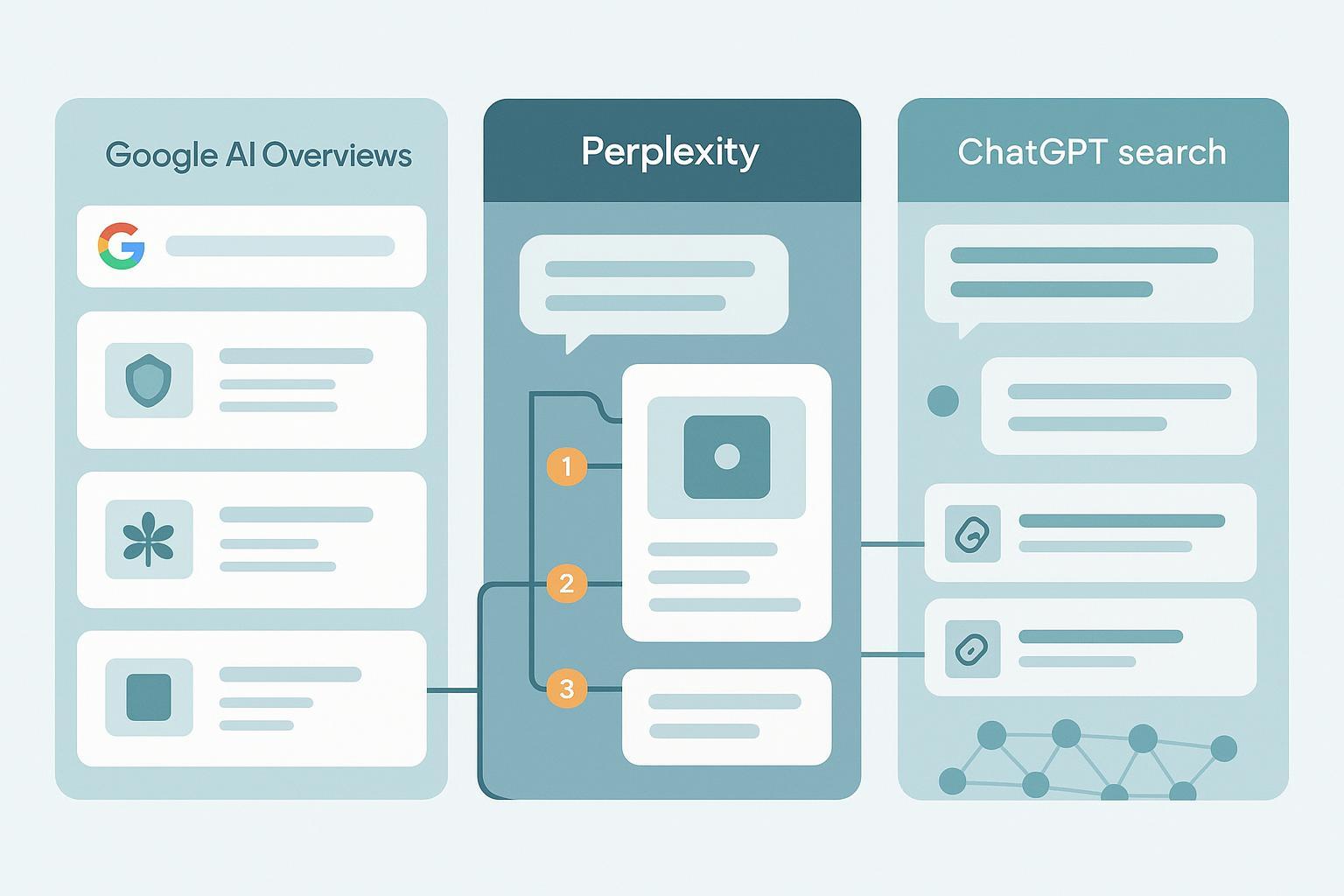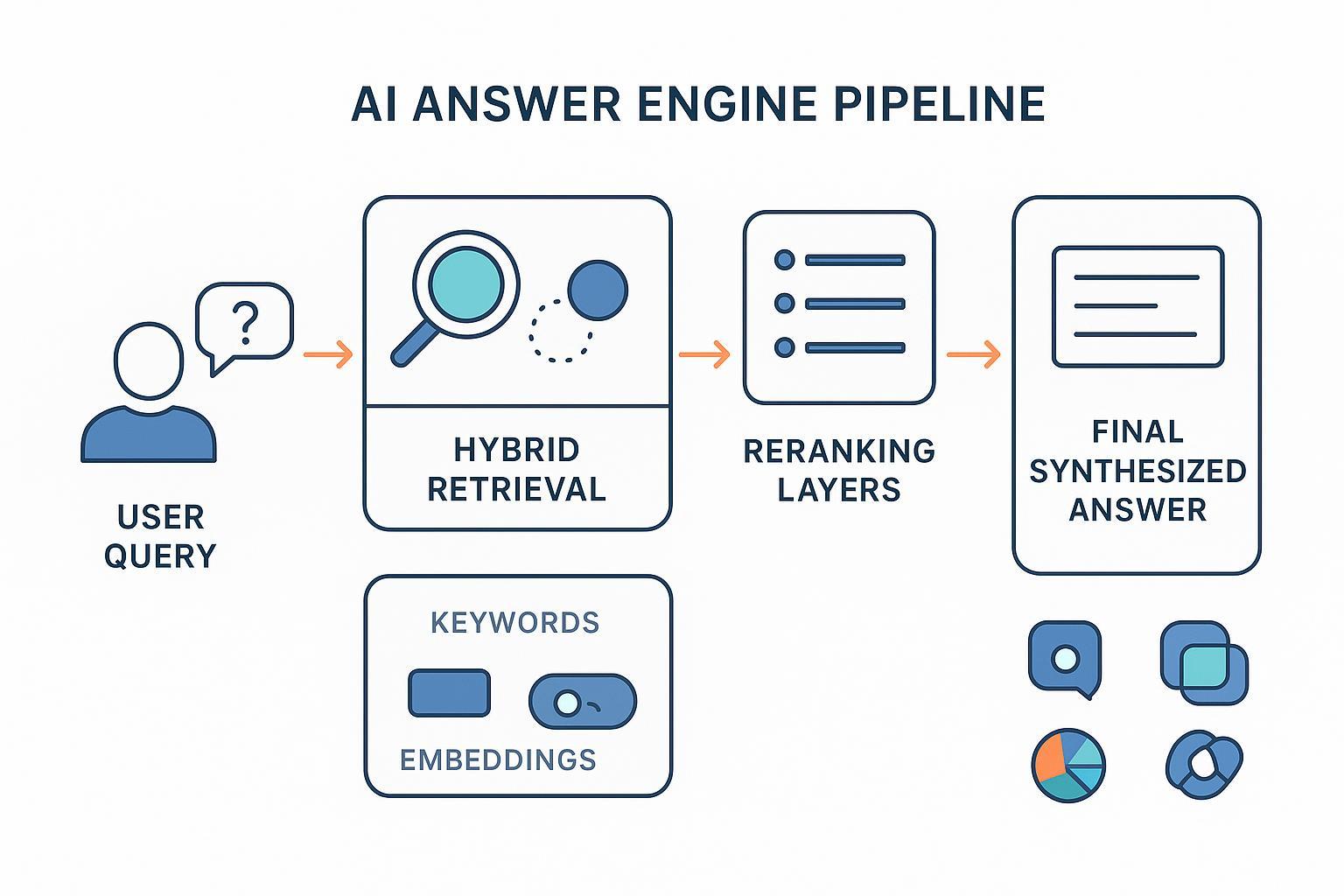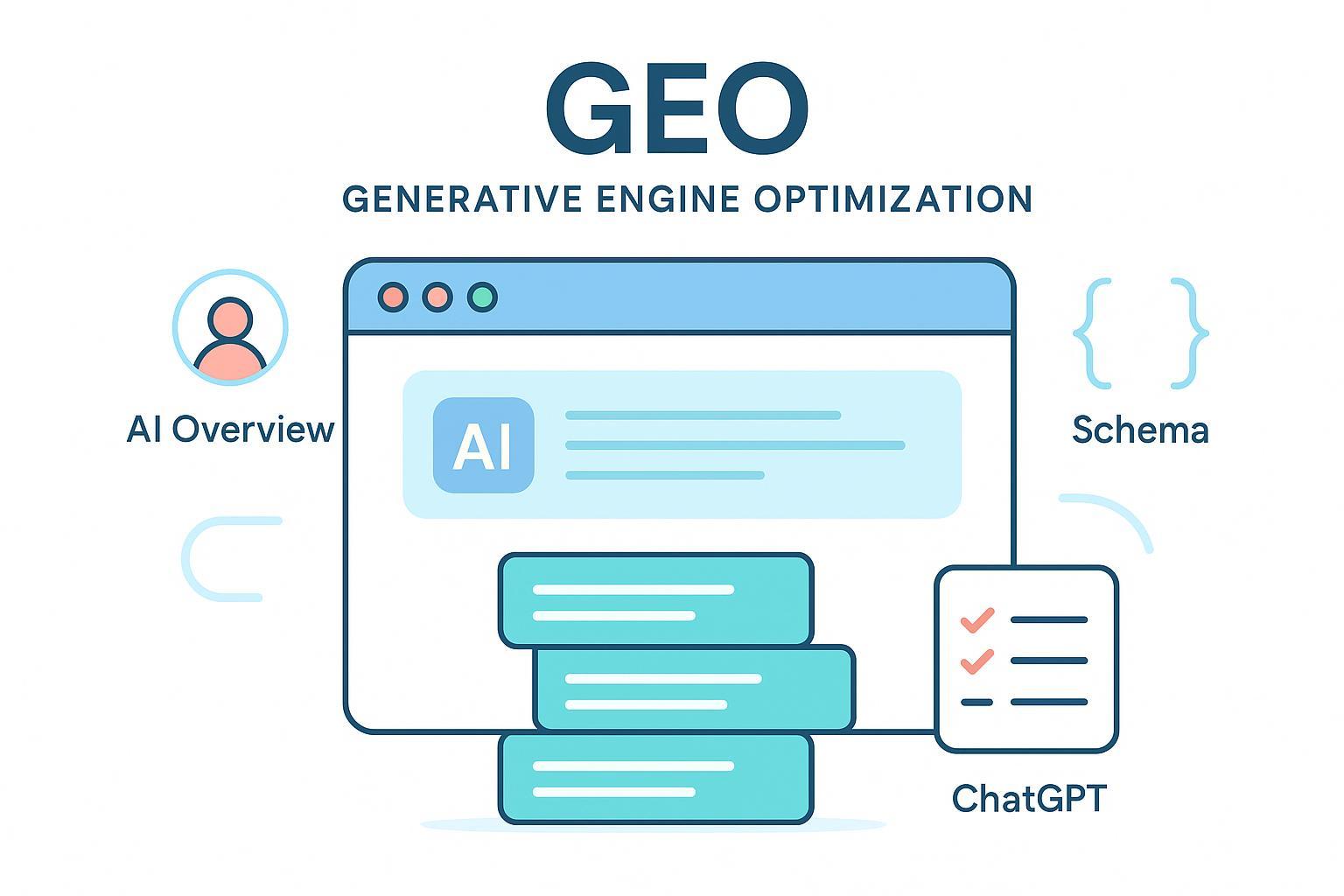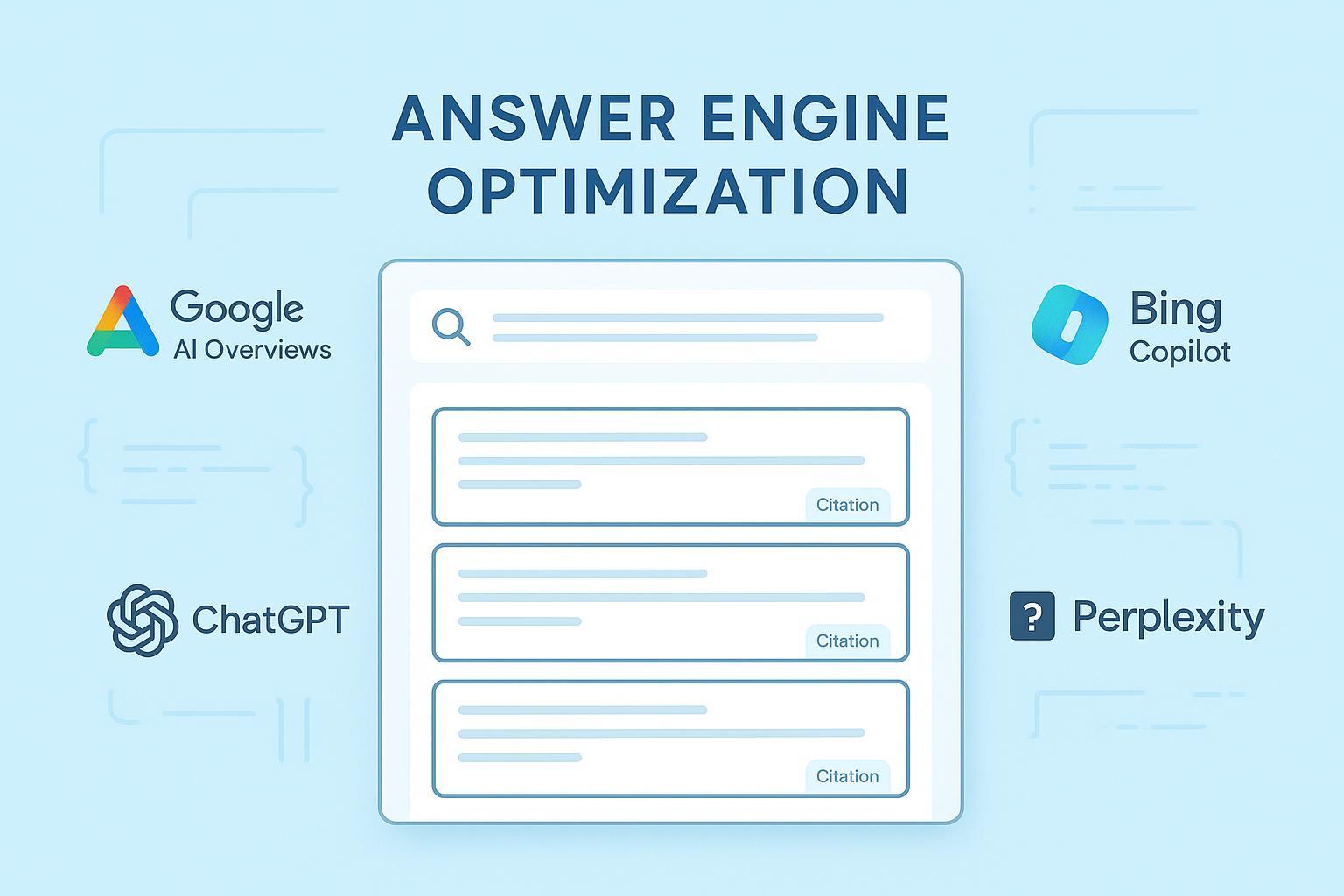Best Practices for Google's AI Mode Optimization (2025)
Discover actionable 2025 best practices to optimize for Google's AI Mode: entity-centric content, passage structuring, multimodal schema, and audit workflows. Advanced SEO guide.

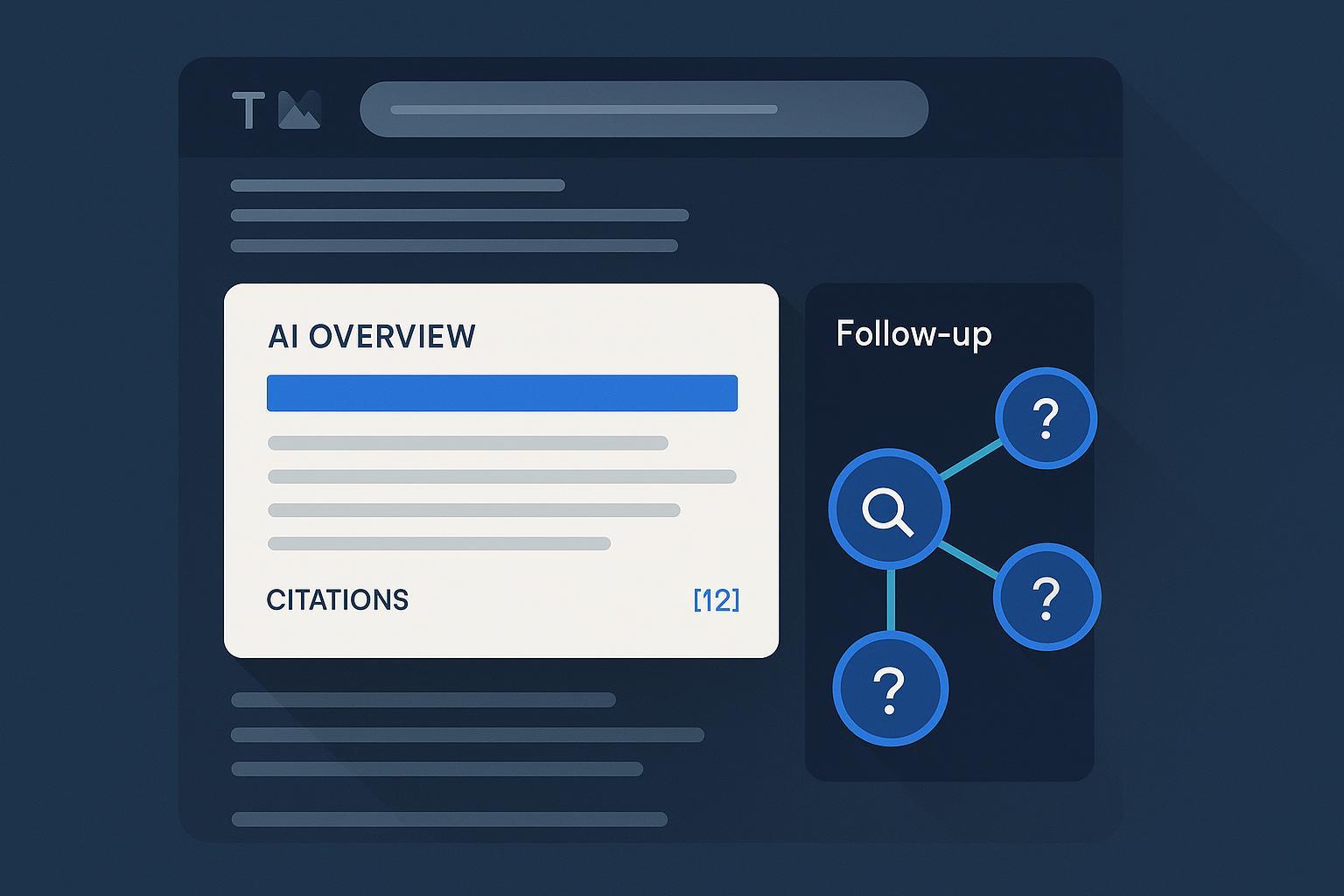
Google’s AI Mode pushes searchers to “go deeper” with follow-up questions and richer tasks. For content teams, that means passage-level quality, entity clarity, and multimodal evidence now decide whether your pages get cited in AI summaries and conversational sidebars—not just classic blue-link rankings. This guide shares a practitioner workflow that consistently improves visibility for complex, specific queries.
How AI Mode selects and cites content (what changes in practice)
- Google’s 2025 product blog describes AI Mode as a deeper, multimodal experience that links out to sources and invites follow-ups; the emphasis is on helping users explore and “go deeper” across tasks, with citations embedded in the AI summary interface according to the Google AI Mode announcement (2025, Product Blog).
- Independent technical breakdowns indicate the system fans out queries into sub-questions, evaluates passages across multiple pages, and assembles answers from discrete, self-contained sections—favoring content that is specific, well-evidenced, and easy to cite, as detailed in iPullRank’s analysis of AI Mode mechanics (2025).
- Pages must be crawled and indexed to be eligible for AI Mode and AI Overviews citations, confirmed by Search Engine Land’s indexing requirement coverage (2025).
- Google reiterates that machine-readable structure helps eligibility for search features; their site owner guidance on AI features and structured data is outlined in Google Search Central: AI features and your website (2025).
Implication: Optimization shifts from “one page = one keyword” to “one topic = a network of well-structured, self-contained passages, reinforced by clean entities and multimodal evidence.”
Principles to win deeper, specific queries
- Cover the entity graph, not just keywords: Define the primary entity, reinforce related entities, and interlink supporting pages so the model can understand your topical depth.
- Structure for passage selection: Use question-form H2/H3s and craft self-contained answer blocks with tight scope, data points, and citations.
- Earn citations with multimodal evidence: Pair text with schema-backed images, videos, and audio/transcripts where they add clarity.
- Anticipate follow-ups: Expand sections to handle “how,” “why,” comparisons, troubleshooting, and next steps.
- Maintain E-E-A-T and technical health: Clear bylines, organization info, fast mobile UX, clean HTML semantics, and fresh updates.
A repeatable workflow for AI Mode optimization
Step 1: Baseline audit (indexing, citations, entities)
- Confirm indexing for target URLs via URL Inspection.
- Sample AI Mode and AI Overviews for 10–20 target queries; note whether your domain is cited, which passages are used, and the media types referenced (text, image, video).
- Inventory your entities: What’s the primary entity? Which related entities are covered? Where are gaps in supporting pages and internal links?
Step 2: Restructure content into self-contained passages
- Rewrite or add Q&A-style headings matching natural-language queries.
- For each heading, craft a 120–200 word answer block that includes definitions, numbers, and short steps. Where relevant, include a comparison table or bulleted checklist.
- Make evidence explicit: cite primary sources and label figures succinctly.
Step 3: Implement entity-first structured data (JSON-LD)
- Add Article, Organization, and Person schema to reinforce authorship and publisher identity.
- Declare the primary entity via about and add mentions of key related entities with sameAs references (Wikipedia, official docs).
- Validate in Google’s Rich Results Test and fix errors.
Example JSON-LD pattern for entity reinforcement:
{
"@context": "https://schema.org",
"@type": "Article",
"headline": "Optimize for Google AI Mode with Entity-First Content",
"author": {
"@type": "Person",
"name": "Your Name",
"url": "https://example.com/authors/your-name"
},
"publisher": {
"@type": "Organization",
"name": "Your Brand",
"url": "https://example.com"
},
"about": {
"@type": "Thing",
"name": "Google AI Mode Optimization",
"sameAs": "https://en.wikipedia.org/wiki/Google_Search"
},
"mentions": [
{"@type": "Thing", "name": "Entity SEO", "sameAs": "https://en.wikipedia.org/wiki/Named_entity"},
{"@type": "Thing", "name": "Schema.org", "sameAs": "https://schema.org"}
],
"mainEntityOfPage": {"@type": "WebPage", "@id": "https://example.com/google-ai-mode-optimization"}
}
Step 4: Add multimodal evidence with schema
- Images: Create unique, explanatory diagrams. Use descriptive alt text and captions; mark up with ImageObject including dimensions and contentUrl. See Google’s ImageObject structured data documentation (2025).
- Video: Supply transcripts and chapter markers; mark up VideoObject with title, description, thumbnailUrl, uploadDate, duration, and embedUrl.
- Audio/podcasts: Publish full transcripts and show notes with timestamps; mark up AudioObject/PodcastEpisode.
Example: Centralizing AI citation audits during optimization
-
To keep audits consistent across queries and engines, teams often log prompt-level results, citation sources, and sentiment in a single dashboard. A practical way to do this is to monitor cross-engine AI visibility with Geneo and record changes as you iterate content. Disclosure: Geneo is our product.
-
Keep the block compact: track query variants (initial vs. follow-up), passage excerpts that were cited, and whether images/videos influenced selection. Use this evidence to refine which sections need deeper answers or better schema.
Step 5: Expand for common follow-up questions
- Identify likely “deeper” paths prompted by AI Mode: comparisons, troubleshooting, edge-case setups, advanced configurations, and ROI estimates.
- Add short subsections or FAQs to preempt these questions; link internally to supporting guides to build a robust topical graph.
Step 6: Monitor, measure, iterate
- Google began aggregating AI Mode traffic in Search Console totals in mid-2025; several industry reports indicate it appears under Web Search with no separate AI segment. Track changes alongside your audits as covered by Search Engine Land’s report on AI Mode traffic data in Search Console (2025).
- Maintain a cadence: weekly prompt-level audits, monthly schema validation and media checks, quarterly topic-cluster refresh.
Passage patterns that AI Mode tends to reward
- Question-form headings that mirror user phrasing: “How do I…?”, “What’s the difference between…?”, “Why does…?”
- Self-contained answer blocks: 120–200 words, clearly scoped, with 1–2 authoritative citations.
- Evidence blocks: short lists of steps, small comparison tables, and named figures.
- Follow-up ready: a mini-FAQ that anticipates practical “next tasks.”
Multimodal specifics: when images, video, and audio move the needle
- Use images when the answer benefits from a diagram or annotated screenshot; Schema-backed ImageObject helps machine-readability (see Google docs above).
- Use short videos for processes with multiple steps or settings; transcripts make passages quotable and searchable.
- Use audio/podcasts for expert commentary; pair with detailed show notes and timestamps.
Measurement: visibility, clicks, and realistic expectations
- Prevalence: Industry studies in 2025 observed AI Overviews/AI Mode triggering a meaningful share of informational queries; for example, Semrush analyzed large keyword sets and reported notable presence of AIO, with rising zero-click behavior, as summarized in their Semrush AI Overviews study (2025).
- Click behavior: Users are less likely to click outbound links when an AI summary is present. A July 2025 analysis from the Pew Research Center on reduced clicking with AI summaries reinforces the need to optimize for citation visibility and brand recall alongside traditional CTR.
- Indexing prerequisite: If your page isn’t indexed, it won’t be cited—see the Search Engine Land coverage referenced earlier.
Practical read: measure success as “being cited and chosen” for deeper tasks, not only as click increases. Where clicks drop, aim for brand visibility, trust transfer, and downstream conversions via retargeting or direct visits.
Tools for monitoring AI visibility (brief)
- Consolidate audits across engines. Semrush and Nightwatch track AIO/AI Mode presence; your internal dashboards should log prompt-level results and citations. Teams also use Geneo to centralize cross-engine visibility and sentiment alongside query reports—in under 100 words, keep the tooling lean and focused on action.
Off-page and entity signals: broaden your footprint
- Strengthen entity corroboration with authoritative references and consistent profiles across platforms. Community Q&A threads can also seed deeper questions and references; see how Reddit strategies can help in this guide: Boost AI citations via Reddit communities (Geneo).
- Keep learning from experiments and postmortems; we publish ongoing GEO/AEO notes here: Generative Engine Optimization insights (Geneo).
- Understand the tooling landscape and decide what to adopt or replace based on your stack: AI brand monitoring comparisons (Geneo).
Trade-offs and prioritization
- No guarantees: Passage-level selection is competitive; even strong content may be bypassed depending on query and rival pages.
- Resource intensity: Multimodal production, transcripts, and schema upkeep require time and budget—prioritize high-intent clusters.
- Measurement limits: Search Console aggregates AI Mode; triangulate impact with prompt-level audits, analytics, and qualitative feedback.
14-day quick-start checklist
Day 1–2
- Select one high-intent topic cluster and 10–20 queries (including likely follow-ups).
- Confirm indexing for target URLs; fix crawl blocks.
Day 3–5
- Restructure 2–3 key pages into question-form H2/H3s with self-contained answers.
- Add 1–2 comparison tables and mini-FAQs per page.
Day 6–8
- Implement Article/Organization/Person schema and entity reinforcement (about, mentions, sameAs).
- Validate structured data; fix errors.
Day 9–11
- Produce at least 2 unique images per page and one short video for the most complex process; add transcripts.
- Mark up ImageObject/VideoObject; ensure alt text and captions.
Day 12–14
- Run AI Mode/AIO audits; log citations, passages, and media influence.
- Iterate weak sections; expand follow-ups; refresh internal links.
Closing
AI Mode rewards teams that pair entity clarity with self-contained, evidence-backed passages and smart multimodal markup—all measured and iterated via prompt-level audits. If you want a centralized way to track cross-engine AI citations and sentiment while you optimize, consider adding Geneo into your workflow next.


